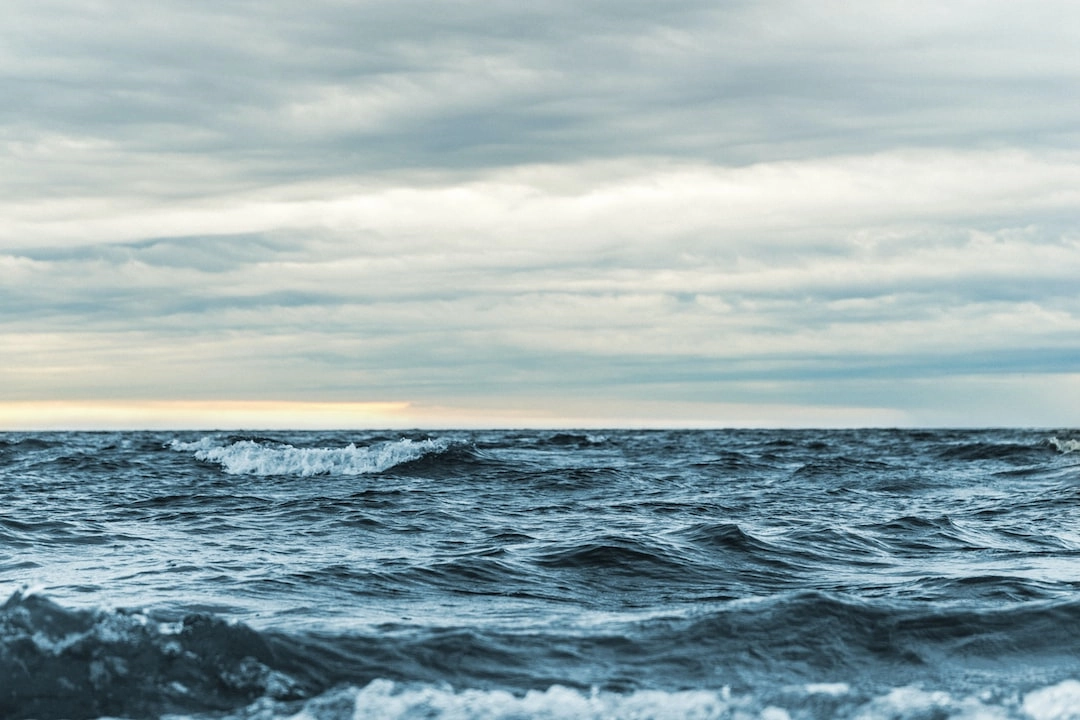Eco-Friendly Solutions in Water Sports Equipment: Sustaining Fun, While Protecting Our Oceans
What it is:
Water sports, such as surfing, paddleboarding, and snorkeling, have always been popular activities for enthusiasts and adventure seekers. However, with the increasing awareness of environmental issues, there is a growing concern about the impact of water sports equipment on our oceans.
Water sports equipment, including surfboards, wetsuits, fins, and snorkeling gear, are often made from non-biodegradable materials such as plastics, neoprene, and fiberglass. These materials can take hundreds of years to decompose, resulting in a significant contribution to pollution and waste in our oceans.
Real-world problems:
The use of non-eco-friendly water sports equipment poses several real-world problems that need to be addressed:
1. Pollution and waste:
As water sports gain popularity, the demand for equipment increases, leading to higher production and consumption rates. Unfortunately, many manufacturers prioritize affordability and durability over eco-friendliness, resulting in an accumulation of non-recyclable and non-biodegradable waste in landfills and oceans.
2. Harmful chemicals:
Traditional water sports equipment often contains harmful chemicals, such as volatile organic compounds (VOCs) and phthalates, which can leach into the water and harm marine life. These chemicals not only pose a threat to the environment but also to the health of water sports enthusiasts.
3. Negative impact on ecosystems:
The improper disposal of water sports equipment can lead to entanglement of marine animals, destruction of coral reefs, and disturbance of fragile aquatic ecosystems. Additionally, the use of non-eco-friendly materials can contribute to microplastic pollution, as these materials degrade over time.
4. Limited access to sustainable options:
While some eco-friendly water sports equipment alternatives exist, they are often more expensive and less accessible compared to traditional options. This limits the availability and affordability of sustainable choices for water sports enthusiasts, discouraging widespread adoption of eco-friendly practices.
It is crucial to address these real-world problems associated with water sports equipment to ensure the long-term sustainability of both the industry and our oceans. In the next sections, we will explore various eco-friendly solutions, case studies, and examples that offer hope for a more environmentally friendly future for water sports.

Eco-Friendly Solutions in Water Sports Equipment: Sustaining Fun, While Protecting Our Oceans
Solutions:
Addressing the real-world problems associated with non-eco-friendly water sports equipment requires innovative solutions that prioritize sustainability and environmental consciousness. Here are some solutions that offer hope for a more eco-friendly future:
1. Sustainable materials:
Developing and utilizing alternative materials that are biodegradable, recyclable, and have a lower ecological footprint is a key solution. Eco-friendly materials like organic cotton, recycled plastics, and sustainably sourced wood can be used to create water sports equipment that reduces waste and pollution.
2. Recycling and upcycling:
Promoting recycling programs and incentivizing the recycling of water sports equipment can help reduce the amount of waste ending up in landfills and oceans. Upcycling, which involves repurposing old or damaged equipment into new products, can also extend the lifespan of materials and minimize waste generation.
3. Eco-conscious manufacturing:
Encouraging manufacturers to adopt environmentally friendly practices is crucial. This includes reducing energy consumption, minimizing chemical use, implementing sustainable production processes, and promoting fair labor practices throughout the supply chain.
4. Education and awareness:
Creating awareness among water sports enthusiasts about the environmental impact of their equipment choices is essential. Education campaigns and outreach programs can highlight the importance of choosing eco-friendly options and raise consciousness about the long-term consequences of non-eco-friendly practices.
5. Collaboration and industry standards:
Collaboration among equipment manufacturers, retailers, and environmental organizations can help establish industry standards for eco-friendly water sports equipment. Implementing certifications and labeling systems can guide consumers in selecting sustainable products and foster a culture of eco-consciousness within the industry.
By embracing these solutions, we can promote the sustainable growth of water sports while ensuring the protection of our oceans and marine ecosystems. Together, we can make a positive difference and enjoy our favorite water sports in harmony with the environment.













